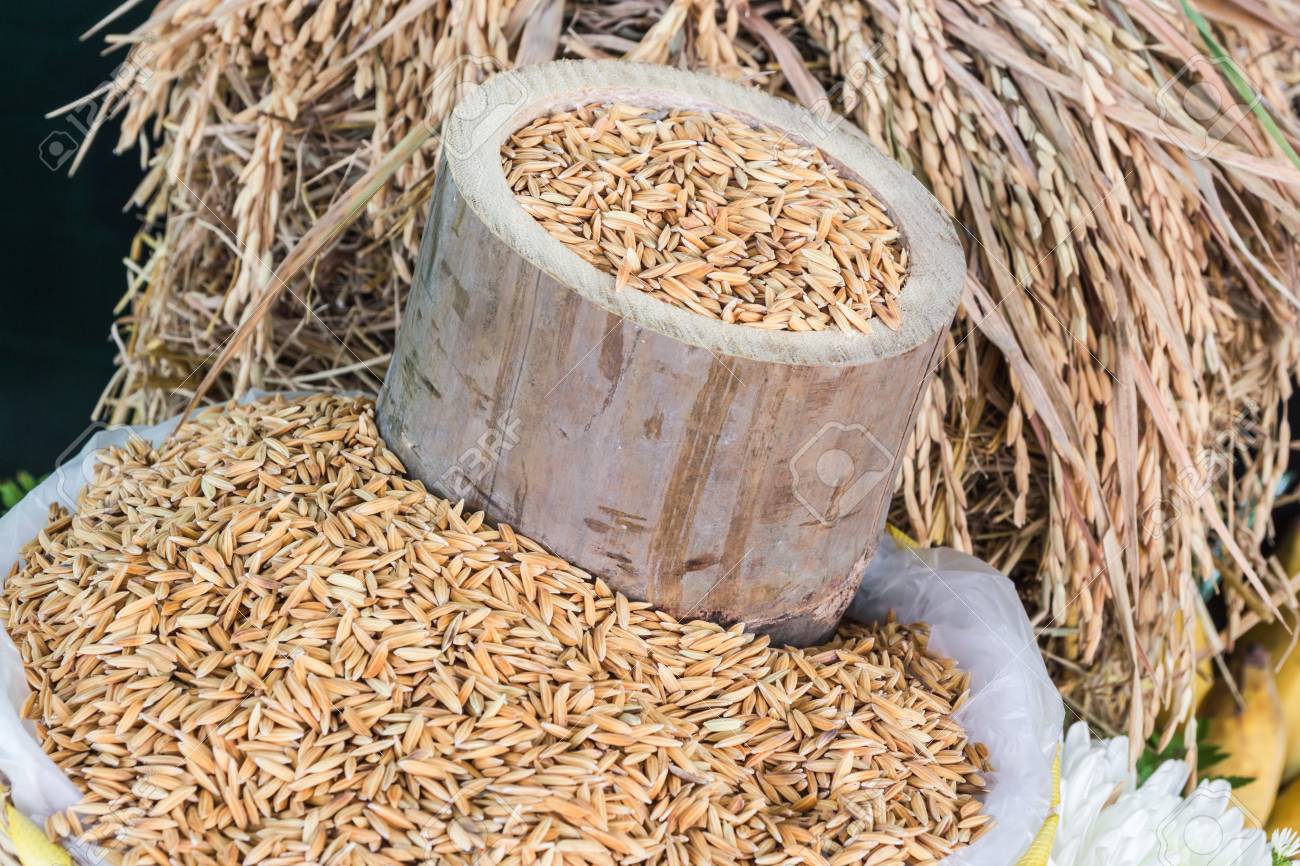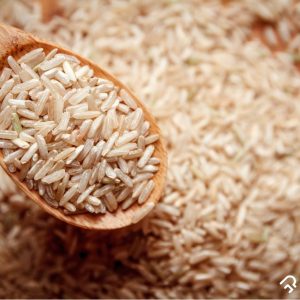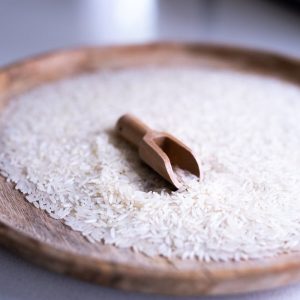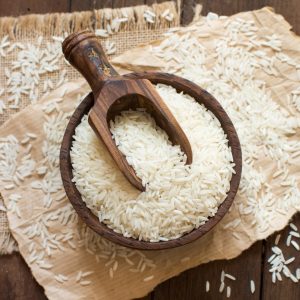Bamboo Rice: A Comprehensive Guide
Introduction
Bamboo rice is a unique and lesser-known variety of rice that is valued for its nutritional benefits and distinct flavor. It is harvested from the seeds of flowering bamboo plants, and its availability is often limited due to the irregular flowering cycles of bamboo. This guide provides an in-depth look at bamboo rice, including its origin, nutritional profile, types, culinary uses, and cooking tips.
What is Bamboo Rice?
Bamboo rice is not a type of rice grown in paddies like traditional rice varieties. Instead, it is a seed produced by certain bamboo species when they flower. Bamboo flowering is a rare event that occurs once in several decades, making bamboo rice a prized and unique product. The grains are short and have a slightly sticky texture when cooked, with a mild and nutty flavor.
Origin and History
Bamboo rice has been traditionally harvested in various parts of Asia, including India, China, and Southeast Asia. In India, it is particularly associated with the tribal communities of Kerala, Tamil Nadu, and the northeastern states, where it is considered a delicacy and is used in various traditional dishes. The rarity of bamboo flowering events contributes to the limited availability and high value of bamboo rice.
Nutritional Profile
- Carbohydrates: Bamboo rice is a good source of complex carbohydrates, providing a steady release of energy.
- Protein: It contains a higher protein content compared to many other rice varieties, making it a valuable source of plant-based protein.
- Vitamins and Minerals: Bamboo rice is rich in essential vitamins and minerals, including:
- B Vitamins: Thiamin, riboflavin, and niacin.
- Minerals: Calcium, phosphorus, magnesium, and potassium.
- Fiber: The fiber content in bamboo rice supports digestive health and helps maintain a healthy gut.
Types of Bamboo Rice
Bamboo rice can be categorized based on the bamboo species from which it is harvested. However, detailed classification is less common due to the rarity and limited availability of the rice. Generally, bamboo rice harvested from different species may have slight variations in flavor and texture, but they share similar nutritional benefits.
Culinary Uses
- Traditional Dishes:
- Kerala Cuisine: In Kerala, bamboo rice is used to prepare traditional dishes like bamboo rice payasam (a sweet pudding) and bamboo rice khichdi.
- Northeastern Indian Cuisine: It is used in various traditional recipes, including porridges and rice cakes.
- Rice Bowls: Bamboo rice can be used as a base for rice bowls, paired with vegetables, proteins, and sauces.
- Side Dishes: It makes an excellent side dish for curries, stir-fries, and grilled meats, adding a unique flavor and texture to the meal.
- Salads: Bamboo rice can be incorporated into salads, providing a nutty flavor and chewy texture.
Storage Tips
- Dry Storage: Store uncooked bamboo rice in an airtight container in a cool, dry place. Due to its rarity, it is important to protect it from moisture and pests.
- Cooked Storage: Store cooked bamboo rice in the refrigerator in an airtight container. It is best consumed within 4-6 days. It can also be frozen for longer storage.
Health Considerations
- High Protein Content: Bamboo rice is beneficial for those looking to increase their protein intake, particularly vegetarians and vegans.
- Digestive Health: The fiber content in bamboo rice supports digestive health and helps prevent constipation.
- Bone Health: The calcium and phosphorus content in bamboo rice contribute to bone health and strength.
Environmental Impact
- Sustainable Harvesting: Bamboo rice harvesting is tied to the natural flowering cycle of bamboo, which occurs infrequently. Sustainable harvesting practices are crucial to ensure the survival of bamboo species and the availability of bamboo rice.
- Packaging: Consider the environmental impact of packaging. Opt for products with minimal or recyclable packaging to support environmental sustainability.
Conclusion
Bamboo rice is a unique and nutritious grain that offers a distinct flavor and texture, making it a valuable addition to various culinary creations. Its high protein content, essential vitamins and minerals, and digestive health benefits make it a healthy choice for those looking to diversify their diet. Understanding its origin, nutritional profile, and cooking methods can help you make the most of this rare and prized rice variety. Whether you’re preparing traditional dishes or experimenting with new recipes, bamboo rice provides a delicious and nutritious foundation for your meal.





Reviews
There are no reviews yet.